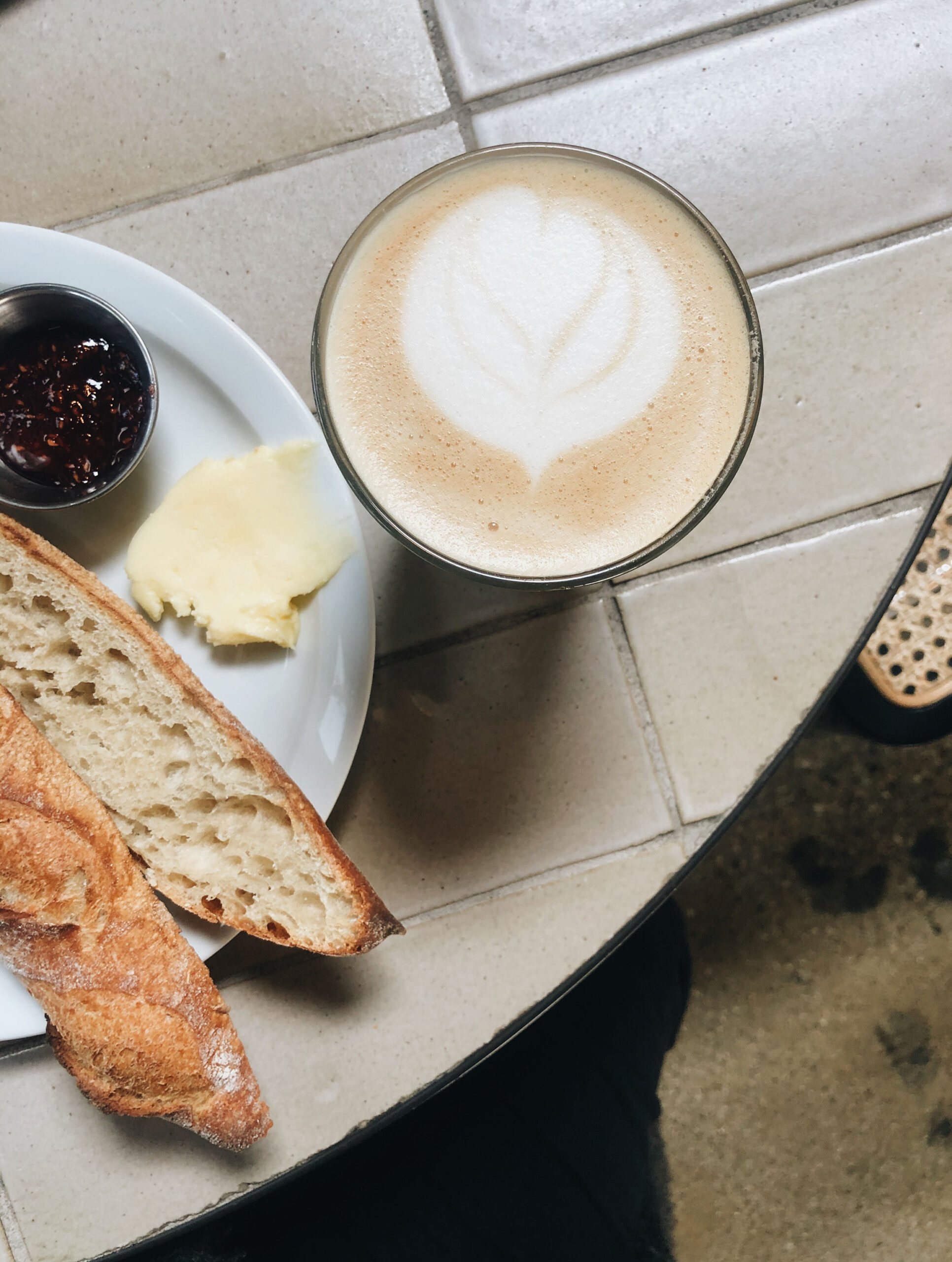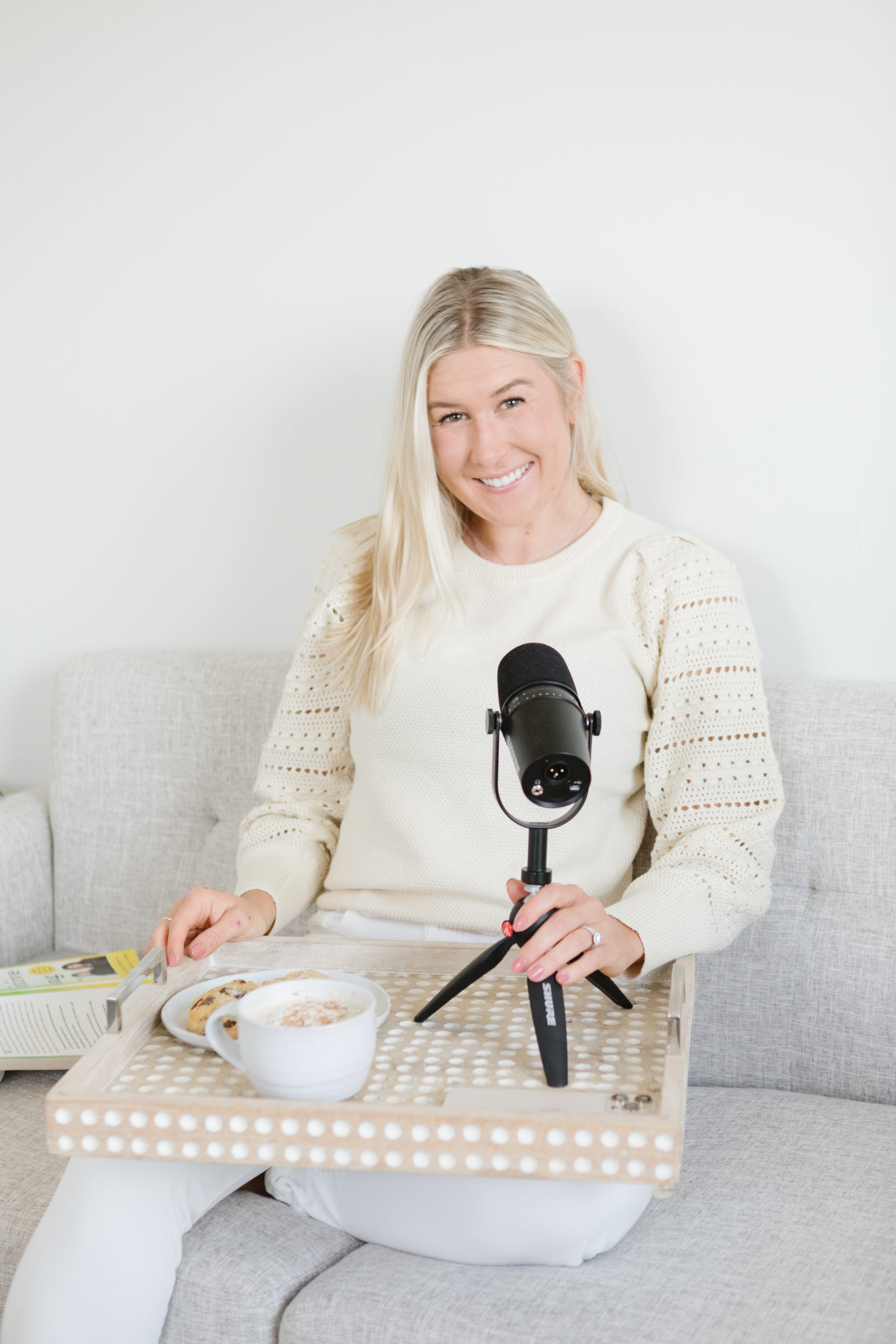In a world saturated with diet culture and restrictive eating patterns, the concept of intuitive eating has emerged as a transformative approach to fostering a healthy and balanced relationship with food. This blog post explores what intuitive eating is, how it benefits individuals struggling with binge eating, and practical steps to begin the journey toward intuitive eating.
Understanding Intuitive Eating
Intuitive eating is a philosophy developed by dietitians Evelyn Tribole and Elyse Resch that encourages individuals to reconnect with their body’s natural hunger and fullness cues. It emphasizes rejecting external dieting rules and cultivating a mindful and attuned approach to eating. The core principles of intuitive eating include:
01) Embrace a Balanced Mindset: Free yourself from the confines of dieting and the notion that certain foods are inherently “good” or “bad.” Choose a more flexible and balanced approach to your eating habits.
02) Listen to Your Body’s Cues: Pay attention to your body’s signals of hunger and respond with nourishing and satisfying food choices. Avoid prolonged periods of extreme hunger by staying attuned to your body’s needs.
03) Grant Yourself Food Freedom: Grant yourself unconditional permission to enjoy all foods without the burden of guilt. Let go of restrictive eating habits, and eliminate the sense of “cheating” on a diet.
04) Challenge Negative Thoughts: Identify and challenge internal thoughts or external influences that dictate your food choices. Foster a more positive and compassionate inner dialogue around your eating habits.
05) Eat Mindfully: Be conscious of your body’s cues for fullness and satisfaction. Practice mindful eating by savoring each bite and stopping when you feel comfortably satisfied.
06) Find Pleasure in Food: Select foods that bring you joy and satisfaction. Enhance your overall eating experience by enjoying the flavors and textures of your meals.
07) Cope with Emotions Without Food: Discover alternative ways to address emotional needs that don’t involve using food. Build a toolbox of coping mechanisms to nurture your well-being and manage stress.
08) Appreciate Your Body: Embrace and appreciate your body for its unique shape and size. Shift your focus from trying to change your body to nurturing it with health-promoting behaviors.
09) Celebrate Movement: Engage in physical activity that brings you joy and makes you feel good. View exercise as a celebration of what your body can do rather than a form of punishment.
10) Prioritize Nutrient-Rich Choices: Make food choices that honor both your health and taste preferences. Consider the nutritional value of foods while enjoying a diverse and satisfying range of choices.
These principles serve as a guide to help individuals cultivate a healthier and more sustainable relationship with food and their bodies, emphasizing flexibility and positive well-being over strict rules.
Intuitive Eating by Elise Resch and Evelyn Tribole
When it was first published, Intuitive Eating was revolutionary in its anti-dieting approach. The authors, both prominent health professionals in the field of nutrition and eating disorders, urge readers to embrace the goal of developing body positivity and reconnecting with one’s internal wisdom about eating―to unlearn everything they were taught about calorie-counting and other aspects of diet culture and to learn about the harm of weight stigma.
Just so you know, I do review everything I recommend. When you buy through links on this page, we may earn a commission.
How Intuitive Eating Helps Individuals Struggling with Binge Eating
Breaking the Diet-Binge Cycle
Intuitive eating interrupts the restrictive diet-binge cycle by promoting a balanced and mindful approach to eating. As individuals learn to honor their hunger and fullness, the urge to binge may diminish.
Addressing Emotional Triggers
Intuitive eating encourages individuals to explore and address emotional triggers for binge eating. By developing healthier coping mechanisms and finding non-food-related solutions to emotional challenges, individuals can break the cycle of emotional eating.
Cultivating Mindful Awareness
Mindful eating, a component of intuitive eating, helps individuals become more aware of their eating habits, making it easier to identify patterns, triggers, and emotional connections to food.
Reducing Guilt and Shame
Intuitive eating promotes a compassionate and non-judgmental approach to food choices. By letting go of guilt and shame associated with eating, individuals can experience greater freedom and a healthier relationship with food.
Where to Begin with Intuitive Eating
Educate Yourself
Familiarize yourself with the principles of intuitive eating through books, articles, or the official Intuitive Eating website. “Intuitive Eating” by Evelyn Tribole and Elyse Resch is a highly recommended starting point.
Self-Reflection
Reflect on your current relationship with food. Identify any diet-related beliefs, fears, or behaviors that may be hindering a more intuitive approach.
Consult with Professionals
Consider seeking guidance from registered dietitians, therapists, or healthcare professionals who specialize in intuitive eating and disordered eating behaviors.
Take Small Steps
Begin incorporating intuitive eating principles gradually. Start with aspects that feel most comfortable and resonate with you, and progressively incorporate others as you feel ready.
Practice Mindful Eating
Cultivate mindful eating habits by slowing down during meals, savoring each bite, and paying attention to hunger and fullness cues.
Seek Support
Join communities or forums that focus on intuitive eating. Connecting with others on a similar journey can provide encouragement, shared experiences, and additional insights.
Be Patient and Kind to Yourself
Embracing intuitive eating is a process that takes time. Be patient with yourself, and practice self-compassion as you navigate the challenges and victories on your journey to intuitive eating.
Intuitive eating offers a pathway to liberation from the constraints of diet culture and a reconnection with your body’s innate wisdom. By embracing the principles of intuitive eating, individuals struggling with binge eating can embark on a journey of self-discovery, self-compassion, and lasting food freedom. Remember, the road to intuitive eating is unique for each individual, and the goal is to cultivate a positive and nourishing relationship with food that supports overall well-being.
Keep Reading
Escape the Comparison Trap: 4 Simple Steps to Stop Comparing Yourself To Others
Ryann Nicole
Licensed Therapist, Certified Nutritionist, and Virtual Wellness Coach
Ryann is a licensed therapist and virtual wellness coach who has assisted individuals worldwide in establishing a healthier relationship with food and their bodies.
Are You Ready to Heal Your Relationship With Food?
I understand—it can be overwhelming to figure out where to begin. Let's simplify things and have you start right here:
Why Am I Overeating?
First Steps To Stop Binge Eating
The Food Freedom Lab Podcast
FREE QUIZ
FREE GUIDE
Podcast
the food freedom lab podcast





